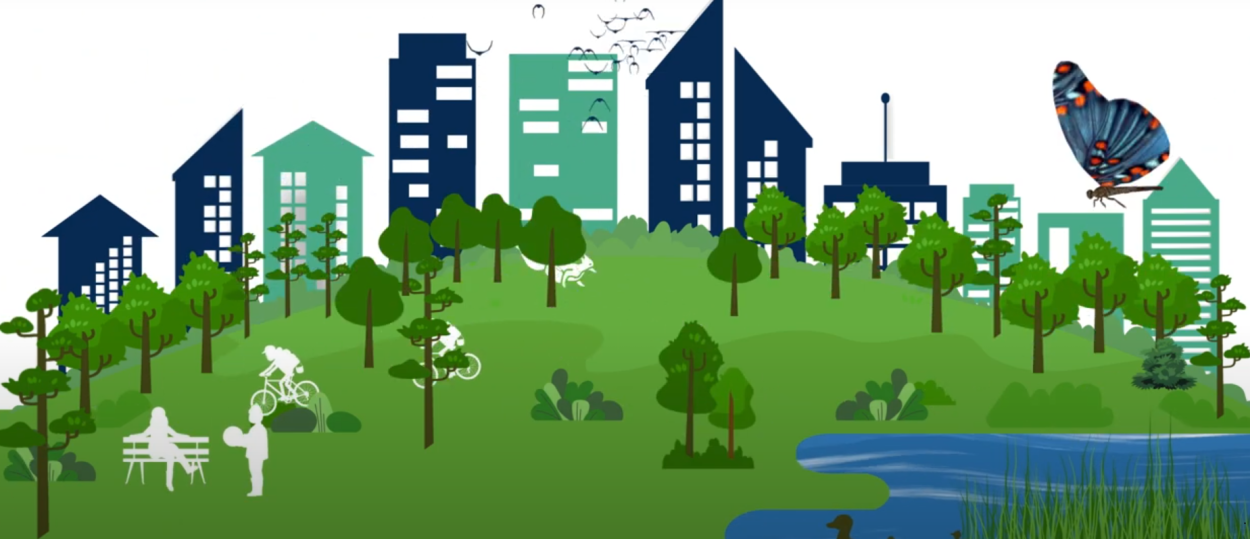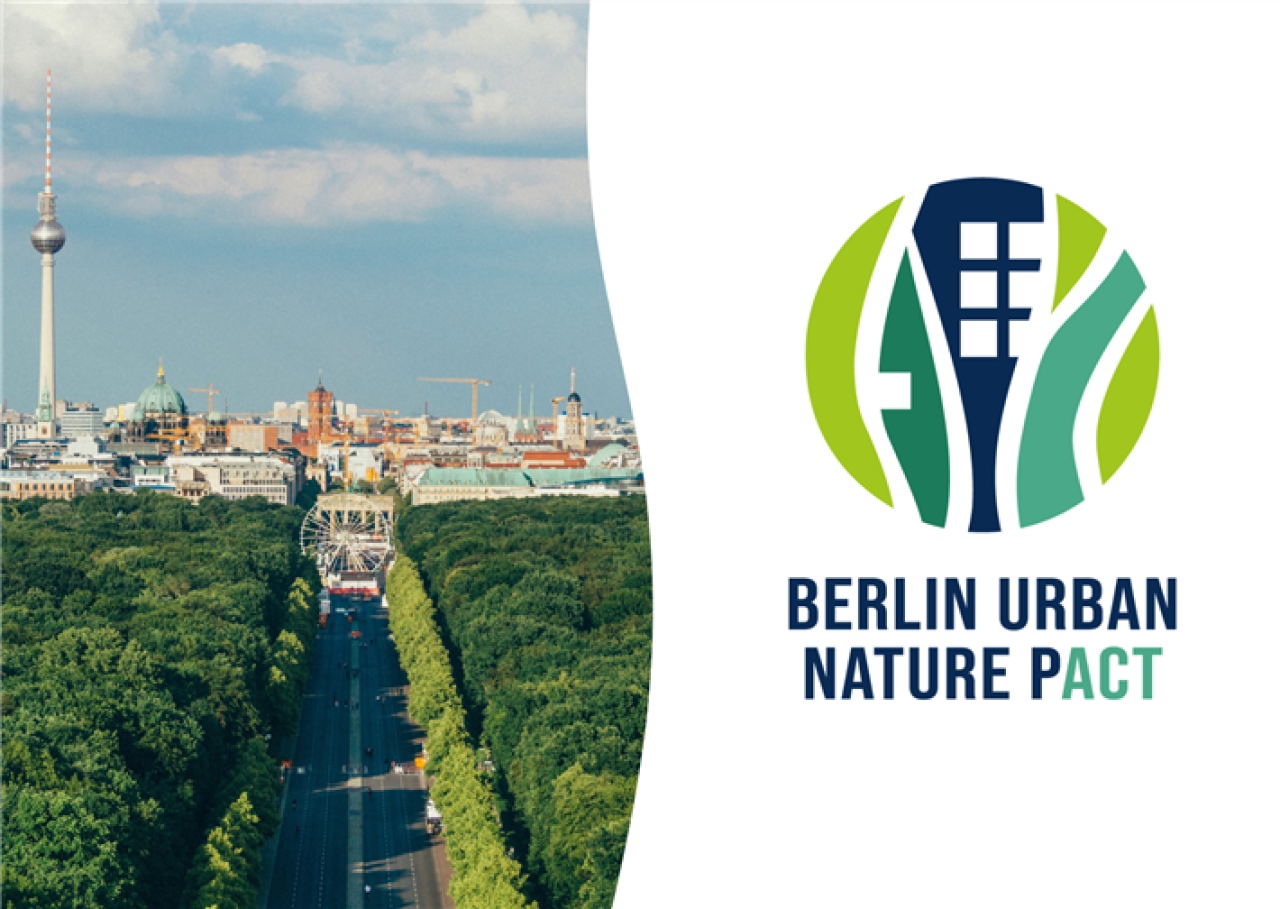The Pact, initiated by Berlin, seeks to halt and reverse biodiversity loss to put nature on a path to recovery for the benefit of people and the planet in cities worldwide by 2030. It builds on the 2020 Edinburgh Declaration and the 2022 Montreal Pledge and focuses on implementing the Kunming-Montreal Global Biodiversity Framework and renewed Plan of Action on Subnational Governments, Cities and Other Local Authorities for Biodiversity (2023-2030). The easy-to-read and simple Pact was created through eight consultation workshops in 2022/2023 with dozens of interested cities across the globe.

The Pact set out the following seven target areas covering the following key topics of biodiversity action.
1. Education and nature experience
2. Species and habitats
3. Co-habitation
4. Green infrastructure and ecosystems
5. Blue infrastructure and water management
6. Soil health
7. Food and agriculture
Signatories will lead the path towards a nature-positive urban century and commit to a minimum of 15 out of 28 targets of the above target areas by 2030 (at least one target from each target area). Within one year they must create an action-orientated action plan. Signatory cities have to follow the Implementation Principles behind the Pact (commitment, action and ambition; policy, governance, financing & funding frameworks; exchange and joint learning; co-creation; capacity building, environmental justice; reporting and monitoring) and they can benefit from exchange and learning (e.g. networking, monitoring, communication, public relations and events) with peer cities. The Pact Coordination Office will facilitate the capacity building and city exchange.
The pact was launched during the cities summit at the CBD COP-16 in Cali. First cities (Austin, Utrecht and Cali) signed the pact in Cali, while many others raised their interest (incl. Vienna, Boulder, Bogotá, Sao Paulo, Buenos Aires, Kaohsiung).
Promoting biodiversity in urban context may seem odd at first sight, but in fact, cities have a special role to play in this story. On the one hand, they offer unique opportunities for learning and education about a resilient and sustainable future and have great potential to foster innovations and governance tools. On the other hand, billions of urban dwellers are also at high or extreme risk of environmental disaster, and nature is simply our best ally in combating climate change and enhancing the adaptive capacity of cities through nature-based solutions. Last, but not least, urban environments directly provide good living conditions for various species (e.g. with their diverse vegetation, urban environments attract pollinators whose decline is a serious threat in general and agriculture is the main driver of biodiversity loss).
Further information about the Pact: https://citieswithnature.org/berlin-urban-nature-pact/.
If you want to know more about urban biodiversity and nature-based solutions, follow the BiodiverCity Action Planning Network!


